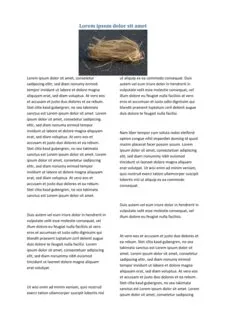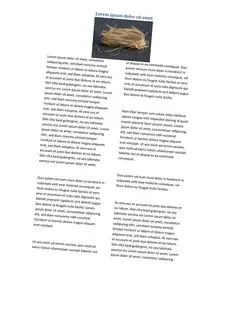我有一份数字形式的原始页面和几份相同页面的扫描版本。我的目标是将扫描页面倾斜校正,使其尽可能地与原始页面匹配。我知道我可以使用概率霍夫变换(Probabilistic Hough Transform),如这里所述,来修复旋转,但扫描纸张也因为某些人将页面缩放到不同的纸张格式而大小不同。我认为在OpenCV中使用findHomography()函数和SIFT/SURF的关键点组合正是我需要解决这个问题的方法。然而,我的deskew()函数就是无法工作。
我的大部分代码来自以下两个来源: http://www.learnopencv.com/homography-examples-using-opencv-python-c/ 和 http://docs.opencv.org/3.1.0/d1/de0/tutorial_py_feature_homography.html。
我的大部分代码来自以下两个来源: http://www.learnopencv.com/homography-examples-using-opencv-python-c/ 和 http://docs.opencv.org/3.1.0/d1/de0/tutorial_py_feature_homography.html。
import numpy as np
import cv2
from matplotlib import pyplot as plt
# FIXME: doesn't work
def deskew():
im_out = cv2.warpPerspective(img1, M, (img2.shape[1], img2.shape[0]))
plt.imshow(im_out, 'gray')
plt.show()
# resizing images to improve speed
factor = 0.4
img1 = cv2.resize(cv2.imread("image.png", 0), None, fx=factor, fy=factor, interpolation=cv2.INTER_CUBIC)
img2 = cv2.resize(cv2.imread("imageSkewed.png", 0), None, fx=factor, fy=factor, interpolation=cv2.INTER_CUBIC)
surf = cv2.xfeatures2d.SURF_create()
kp1, des1 = surf.detectAndCompute(img1, None)
kp2, des2 = surf.detectAndCompute(img2, None)
FLANN_INDEX_KDTREE = 0
index_params = dict(algorithm=FLANN_INDEX_KDTREE, trees=5)
search_params = dict(checks=50)
flann = cv2.FlannBasedMatcher(index_params, search_params)
matches = flann.knnMatch(des1, des2, k=2)
# store all the good matches as per Lowe's ratio test.
good = []
for m, n in matches:
if m.distance < 0.7 * n.distance:
good.append(m)
MIN_MATCH_COUNT = 10
if len(good) > MIN_MATCH_COUNT:
src_pts = np.float32([kp1[m.queryIdx].pt for m in good
]).reshape(-1, 1, 2)
dst_pts = np.float32([kp2[m.trainIdx].pt for m in good
]).reshape(-1, 1, 2)
M, mask = cv2.findHomography(src_pts, dst_pts, cv2.RANSAC, 5.0)
matchesMask = mask.ravel().tolist()
h, w = img1.shape
pts = np.float32([[0, 0], [0, h - 1], [w - 1, h - 1], [w - 1, 0]]).reshape(-1, 1, 2)
dst = cv2.perspectiveTransform(pts, M)
deskew()
img2 = cv2.polylines(img2, [np.int32(dst)], True, 255, 3, cv2.LINE_AA)
else:
print("Not enough matches are found - %d/%d" % (len(good), MIN_MATCH_COUNT))
matchesMask = None
# show matching keypoints
draw_params = dict(matchColor=(0, 255, 0), # draw matches in green color
singlePointColor=None,
matchesMask=matchesMask, # draw only inliers
flags=2)
img3 = cv2.drawMatches(img1, kp1, img2, kp2, good, None, **draw_params)
plt.imshow(img3, 'gray')
plt.show()

